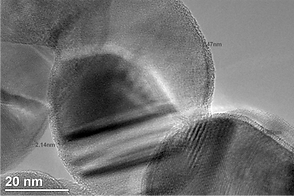


Why lightweighting is important ?
Application example
Material lightweighting is a key issue for aerospace industry in order to :
- Decrease fuel consumption
- Reduce greenhouse gas emission
Kerosene represents between 13 and 35% of aircraft companies costs depending on petrol cost. It is the second cost after human labor. Aircarft manufacturers are racing for decreasing kerosene consumption as it will both reduce costs and the effects of price variation uncertainty.
Moreover, air freight emits ten times more CO2 than trucks and about 32 times more than cargo vessels. In 2016, the international Civil Aviation organization commits itself to keep greenhouse emission constants between 2020 and 2035 despite an expected traffic rise by 2 to 5% for the next decade.

Gas consumption and greenhouse emission are directly linked to the aircraft weight and its reduction is therefore a key point. This results for material suppliers in price incentives for lighter materials depending on the lightening criticism: from 10 $/kg for automotive to 100 $/kg for civil aerospace and even 50 000 $/kg for space.

In the HIPERCO project two key points are used to reduce weight:
- The use of innovative manufacturing processes to optimize pieces shapes and material use
- The use of a Al-nSiC nanocomposite alloy with outperforming properties